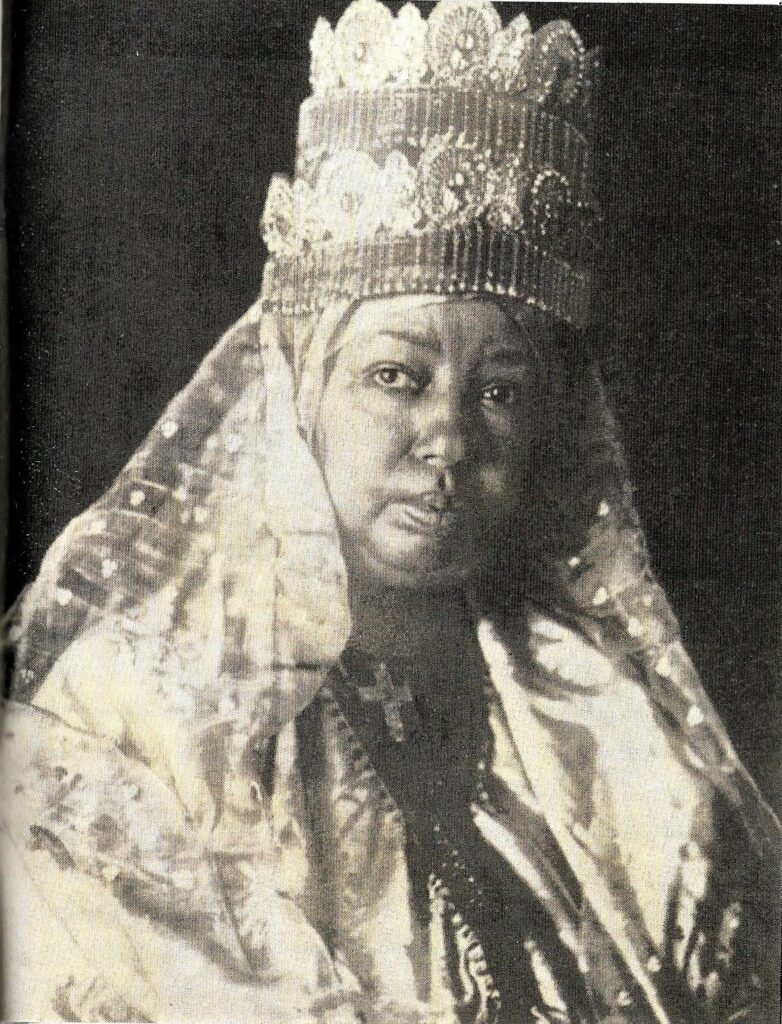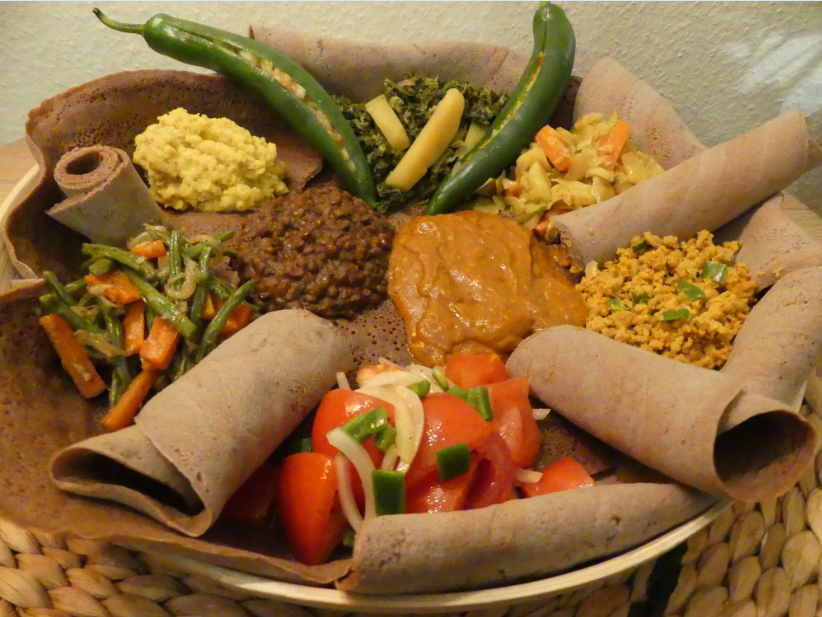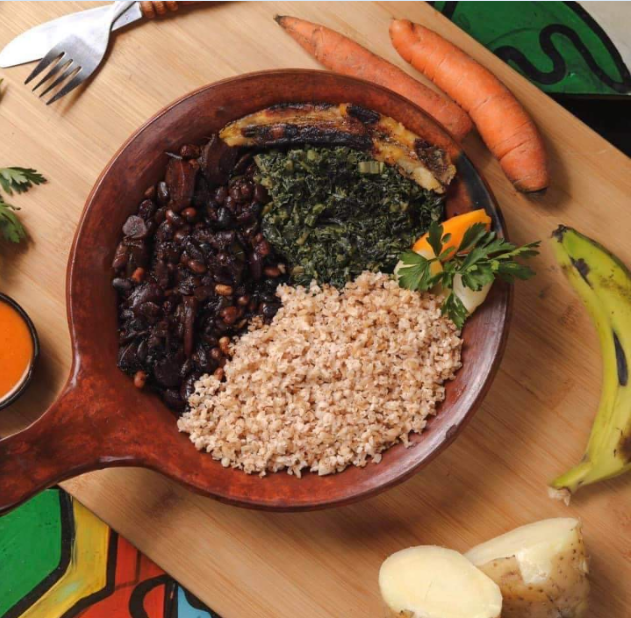By Staff Writer
In modest estimation back then in men’s world, women half won Battle of Adwa
It is said that behind every great man, there stands an even greater woman. None is a greater witness and proof to this idiom than the battle at Adwa. If one flips through the history books however, one may find themselves scratching their heads as to whatever this article is talking about. Since, of course, you will find many heroes, all men, some who paid with their lives and some not lucky enough to do so, who gave it all for their country and sovereignty alike. Yet no mention of the women except the one, Empress Taitu. Although nothing can be taken away from Taitu, given her brilliance and influence, there were also thousands of unnamed unsung heroines who marched alongside men to the battlefield. War, in whatever context, is never a pleasant thing but these women showed that they meant business as their mettle was tested along the 800 plus kilometers and the return march between the capital and Adwa.
These women had several tasks, which if given serious thought are actually vital to the continuation and success of the entire campaign which is a major logistical nightmare even by today’s standards. One such task is transportation. Pots for making the much admired traditional drinks tej and tella and to cook the Ethiopian delicacy like wot, baking pans for making bread, mills for grinding flour, jars of honey, horns for drinks and other materials that cannot be loaded on animals for safety purposes were all carried and transported by women back then, a tedious task considering the long march of more than 800kilometers from the capital. To make things worse, inconvenient roads, most of which is filled with ascents and descents of mountains, crowded with animals and men and an army that often travelled 10-20 miles a day made transportation a backbreaking task, all of which were delegated and seamlessly carried out by the brave women who marched along the army.
In addition to this, the palace servants were organized into different service units headed by captains. They included women for the tej bet (mead house), enjera bet (bakers house), tella bet (beer house), genbogna (potters) and so on. These tasks were so effortlessly carried out some historians and even the palace writers couldn’t help but admire these women for their efficient work. One such person was Tsehafe Tizaz Gebresillase who noted that food was in abundance, a large feast carried out every day with tej and honey and not once was the meal not enough.

Then comes the issue of moral support. It’s logical to assume that even the most tested warrior could stay motivated throughout a long and tiring march of 800kms. Thanks to the women there was ample support. In addition to wives supporting their husbands and other relatives supporting each other, there were women specifically tasked with the job of firing up fighting spirit of the men. Most are of course folk musicians, but still singing, laughing and frolicking were the main events of this long march and later the decisive battle. The most famous of these folk musicians is one, Azmari Tsadeqe, with her quick witted rhymes capable of entertaining when needed and more importantly in tickling such a patriotic feeling even among the most inexperienced warriors.
But the role of women wasn’t really confined to these. Some were tasked with grueling physical activities like clearing the roads ahead of the coming army, digging trenches and even building fortifications. They were also responsible for nursing the wounded fighters and for the supply of water. Meanwhile, other women were busy redistributing rifles and bullets of the wounded and that of their dead men folk and captives of war to the combatants. They were also responsible for facilitating the burial of their dead who had fallen in battle. Still others fought alongside men.
To properly value their sacrifice, historians need to give better attention to the reconstruction and development of women historiography. We need to glorify and remember our living and posthumous heroines. Their role at the battle of Adwa should be taken as a good example to empower the modern day’s women.





